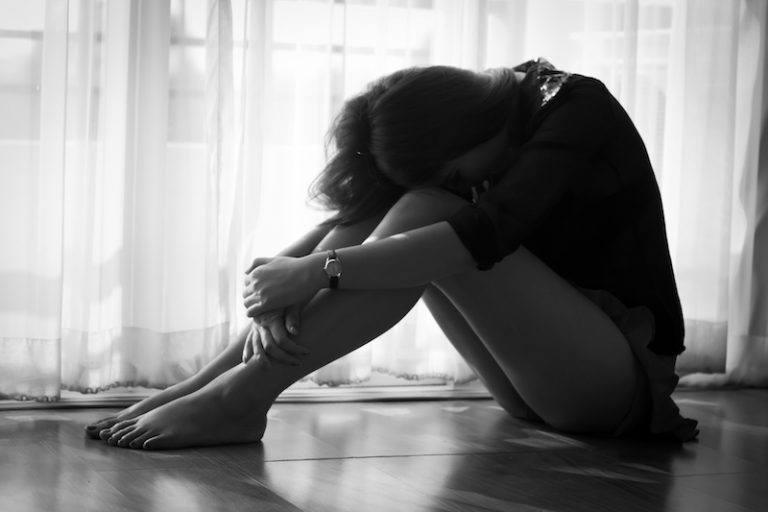|
National Association of Adult Survivors of Child Abuse
National Association of Adult Survivors of Child Abuse
~~~~~~~~~~~~~~~~~~~~~~~~~~~~~~~~~~~~~~~~~~~~~~ |
NAASCA Highlights
- Feature Article - |
EDITOR'S NOTE: Here are a few recent stories and feature articles from a variety of sources that are related to the kinds of issues we cover on our web site. They'll represent a small percentage of the information available to us, the public, as we fight to provide meaningful recovery services and help for those who've suffered child abuse. We'll add to and update this page regularly, bringing you just a few of the featured articles on the web site. |
.
 |
|
NAASCA in the News
(about PTSD - please see the conclusion of the article)
This 1 Disturbing Sign Means Someone Was a Victim of Child Abuse
by Chelena Goldman
August 22, 2017
When on the look-out for signs of child abuse, it's common to look at the individuals when they are, well, children.
But what about looking for signs of past abuse in adults? It isn't unheard of for abuse to go unrecorded, only for symptoms and behaviors to manifest in adulthood.
There is one sign, however, that should set off an alarm that someone was a victim of child abuse. |
But first, what constitutes as abuse
Child abuse takes on many forms, according to the American Society for the Positive Care of Children. There is obvious physical or sexual abuse, and also neglect. The ASPCC categorizes these different kinds of abuse and neglect as “physical abuse, emotional maltreatment, neglect, sexual abuse and witnessing family violence.”
Number of children reported abuse
The stats surrounding abuse are staggering, and upsetting. According to the National Children's Alliance, there was an estimated 683,000 instances of childhood mistreatment and neglect in the U.S. in 2015 alone. It is also reported that “neglect” is the most common form of abuse. According to the same pool of data, a parent is the abuser in 4 out of 5 instances.
Abuse getting reported in adulthood
Surprisingly, most instances of child abuse aren't investigated when the individuals are children. The National Children's Alliance reports that 77% of individuals investigated for abuse in 2015 were over the age of 18. Which makes looking for signs of abuse even more interesting…
The one sign that someone was a victim
Child abuse can mutate into a form of PTSD — and the signs of it can manifest into the victim's adulthood. Many factors play into adults developing PTSD following childhood abuse. Behavior showing PTSD include aggressive behavior, night terrors, and loss of interest in everyday activities, just to name a few.
One giveaway is that a victim might get into abusive relationships as an adult, and be more likely to engage in toxic relationships that reflect their abusive childhood.
How it manifests into adulthood
The National Association of Adult Survivors of Child Abuse explains that many victims disassociate themselves to cope with abuse at a young age. Therefore, many of the PTSD symptoms associated with child abuse might not manifest until the victim is older.
How difficult is it to see this sign of abuse?
Help is certainly available for adult survivors. Unfortunately, it can be difficult to pinpoint an instance of PTSD that is related to childhood mistreatment. The PTSD symptoms, NAASCA explains, mimic symptoms of other chronic conditions. Depression, anxiety, and substance abuse can have the exact same general symptoms.
Where to get help
Although this heinous act impacts many people, there is aid available for adult victims of childhood mistreatment and neglect. Help for Adult Victims Of Child Abuse is one such hub, which is a support system run by adult survivors.
Many of these outlets also give links to connect survivors with therapists and other forms of professional help.
|
|
|